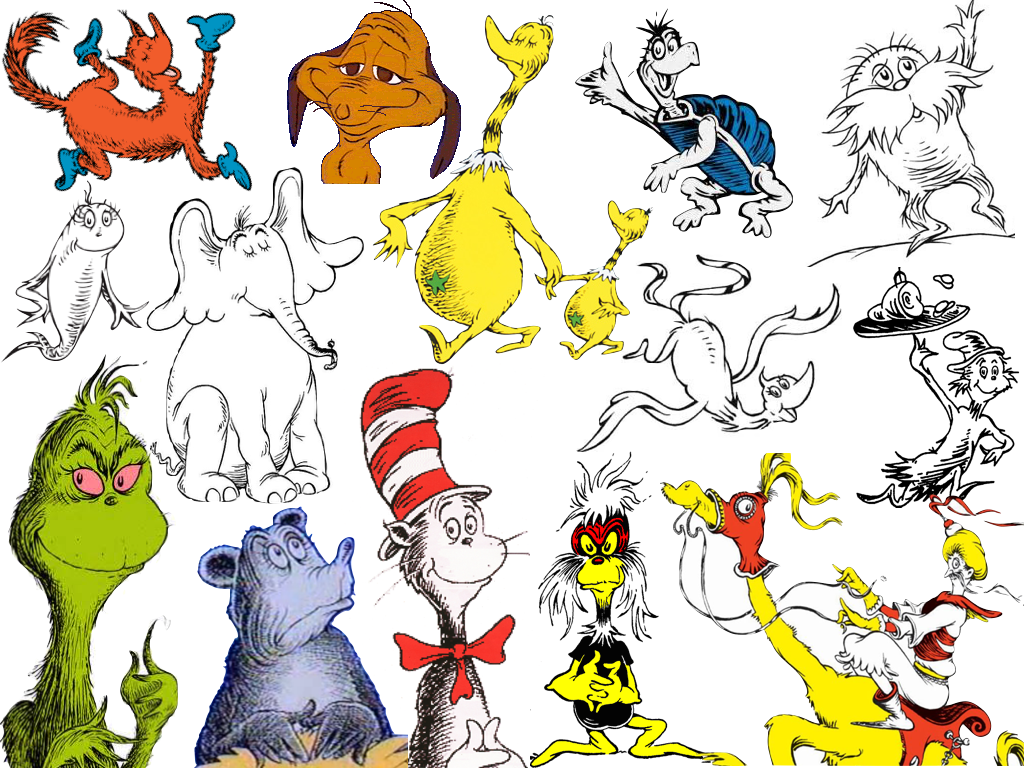
.png)
society, are put forth in jest as if they are innocuous.”ĭr. Especially when buffered in Seuss’ rhyming verse, his racist depictions, already normalized in U.S.

“Generations of Americans have grown up with depictions of Asians that ranged from grotesque to comical. Seuss’ racism,” Ishizuka told NBC Asian America. “No doubt, the long-standing prevalence of racist Asian imagery within the larger widespread anti-Asian sentiment in the U.S. Seuss' books have been able to get away with this racism for so long in part because of the persistence of anti-Asian racism in the U.S. Karen Ishizuka, chief curator at the Japanese American National Museum in Los Angeles, said Dr. Though Seuss’ art has been around for decades - “Mulberry Street,” his first children’s book, was published more than 80 years ago - widespread criticism of his work is relatively recent.


 0 kommentar(er)
0 kommentar(er)
